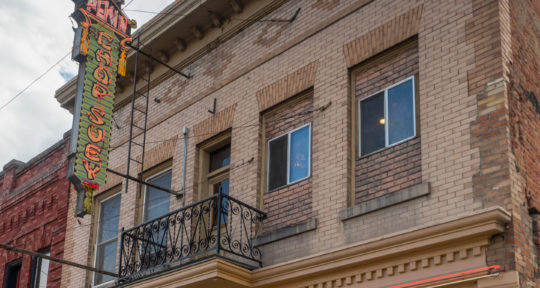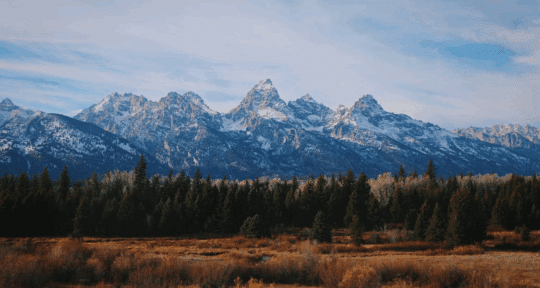I’ve come to the place that no longer exists and, truth be told, there’s not much to see. A park stands here now: green grass, a scattering of trees, and a memorial in the shape of a sundial. It’s dedicated to “the first Black settlers and all former residents of the community of Campbell Road, Africville and all the members of the Seaview United Baptist Church.” Africville was Canada’s first Black settlement and one of 52 Black communities in the province of Nova Scotia. It sits at the northern edge of Halifax, overlooking Bedford Basin.
The church referred to in the dedication is roughly 200 yards away, the only thing left of the settlement. In fact, even that is technically gone. A faithful reproduction of the church that was once the beating heart of the community was built here to house the Africville Museum. Inside, a modest collection of historic photographs and artifacts tell a story forgotten by most. Black people settled here as early as the mid-1700s. The population grew over the next century with an influx of escaped slaves from the U.S. and Black Loyalists—African Americans who, in exchange for their service to the British, were promised freedom and land.
“I grew up hearing about Africville as a child and, to be perfectly honest, I never got it as a kid. Because the story was of a location in ruin,” says Juanita Peters, a filmmaker and the general manager of the Africville Museum, as we sit on a church pew in the museum’s main room. “As I got older, I started wondering why people were still attached. Why did people want to come back to a place that had such a bad history?”
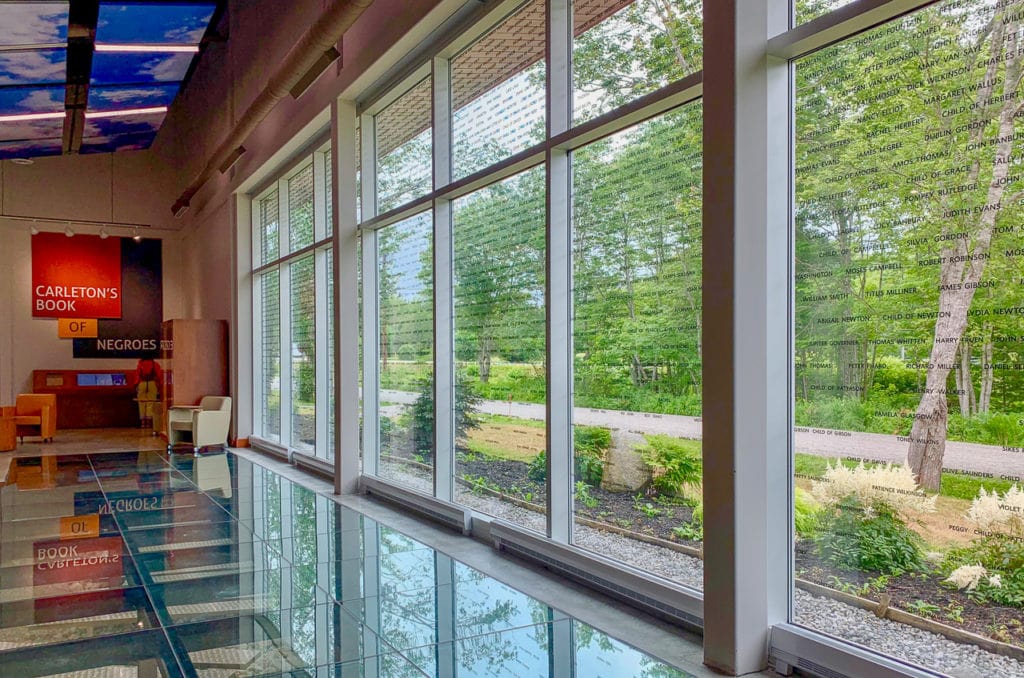
Peters took the job at the museum after making several films about Africville, which was thought of as a slum by outsiders. The photographs in the museum exhibit tell a different story, one of a tight-knit community living in a lovely rural seaside village. Modest homes are painted in cheerful colors, flowers bloom in lovely gardens, and children frolic outside.
Hundreds of former Africville residents and their families gather every summer for a reunion in the park behind the church. They come to see old friends, to be on their old land, and maybe, if they’re too young to have ever lived here, to get a sense of their history. It’s a joyful gathering, but the painful memories of Africville survive, too.
The Africville apology
The city of Halifax, Nova Scotia’s capital, had little regard for the community. It laid railroad tracks right through it, installed a slaughterhouse and bone-meal plant nearby, relocated sewage pits, and even built the city dump there. Residents tried again and again to get basic services such as running water, paved roads, and garbage pickup. The city repeatedly rejected their pleas, instead threatening to raze Africville to the ground.
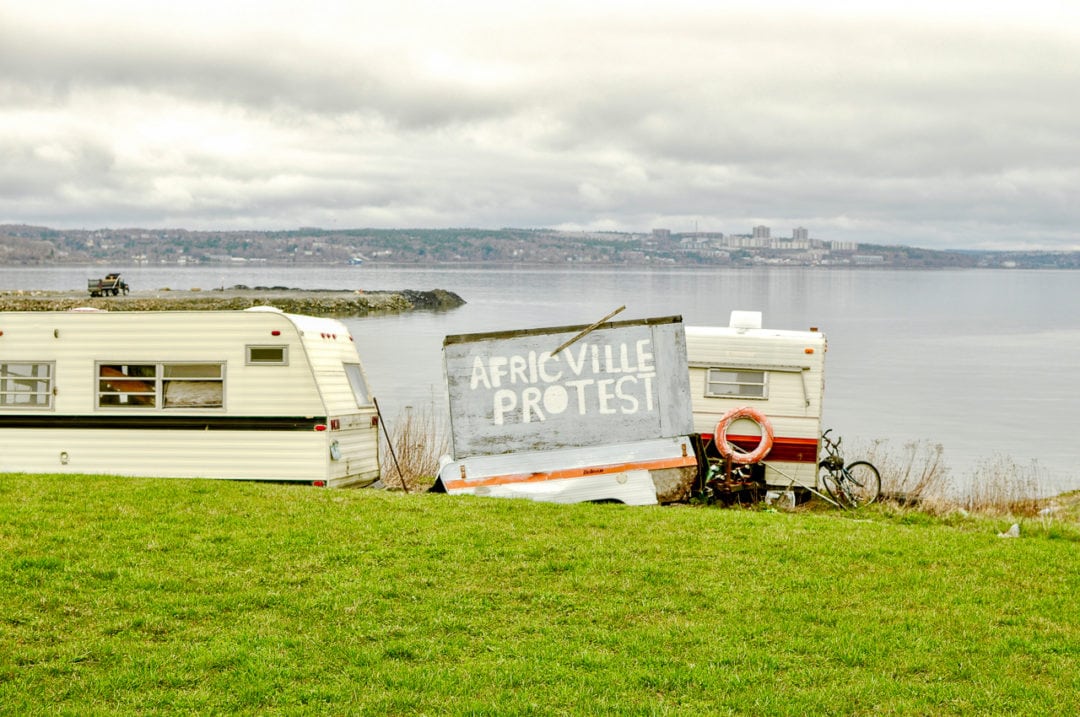
In the 1960s, Halifax officials finally made good on that threat and demolished the community’s homes and beloved church in the name of urban renewal. Residents were relocated to various parts of the city and their community was torn apart.
In 2010, the city of Halifax officially apologized for the treatment of the Africville community. Outside the museum, by the shoreline, an old camper is parked next to a sign that reads “Africville Protest.” It belongs to Eddie Carvery, who has occupied the park for nearly 50 years. His political protest helped pressure the city into an apology and continues to raise awareness about the atrocities committed here.
Hidden figures
My family isn’t from Africville; we’re from several of the other 52 Black communities in Nova Scotia. But I’ve come here in search of a sense of history. Few Canadians—even Black Canadians—know much about the country’s Black history. When a new $10 bill was released last year featuring the face of Viola Desmond, many people didn’t know who she was. Desmond has been called Canada’s Rosa Parks for refusing to give up her seat in a whites-only section of a movie theater in New Glasgow, Nova Scotia in 1946.

Desmond is the sort of figure you would know about if you visited the Black Cultural Centre for Nova Scotia in Cherry Brook, about 10 miles outside of downtown Halifax. I drive over there on a rainy day and, sure enough, Desmond’s face is on a banner hanging from the ceiling in the main room among a number of other unsung African Nova Scotian heroes. The exhibit here documents how Black people came to Canada, where they settled, and how they lived. Many of the Black communities spread throughout the province no longer exist and are now only documented through oral histories and faded photographs, which the center collects for its archives.
I’m walking from room to room when a tour group trickles in. I overhear a few of the participants speaking in hushed tones; they’re African Americans from the southern U.S. who have come to Nova Scotia on a cruise. I watch them stand before photographs of African Nova Scotian hockey players, entrepreneurs, musicians, and activists, marveling at this slice of Black history they knew nothing about. Like so many others, they had no idea escaped slaves made their way to Eastern Canada or that others chose to fight for the British in the hopes of one day being free.
Promised land
In 1994, an archeological dig in Birchtown, just outside the city of Shelburne, uncovered what was at first thought to be a root cellar. Further investigation revealed it was the remains of a makeshift shelter, a tiny house built from a hole in the ground. Known as a pit house, it kept some of the more than 3,500 Black Loyalists—who were evacuated from New York to Nova Scotia—from freezing during their first Canadian winter in 1783. Many settled in Birchtown, the largest free African community on the continent at the time.

Juanita Peters, from the Africville Museum, urged me to make the trip to the Black Loyalist Heritage Centre in Birchtown, which is near the southern tip of the peninsula that makes up most of Nova Scotia. She found one of her ancestors in the center’s records: a man whose history could be traced all the way to Africa. Born in Nigeria, Thomas Peters was said to be a Yoruba prince before he was kidnapped and sold into slavery in 1760 at age 22. In 1776, he escaped and joined the British military. Seven years later, he landed in Nova Scotia.
Such a discovery is astonishing for any Black person in North America. Most of us can’t trace our lineage to its roots since the practice of slavery severed any ties to our ancestral land. The Heritage Centre offers African Nova Scotians a unique chance to connect to their distant past; in addition to beautifully executed exhibits, it provides the free services of a genealogist to help you find your ancestors.
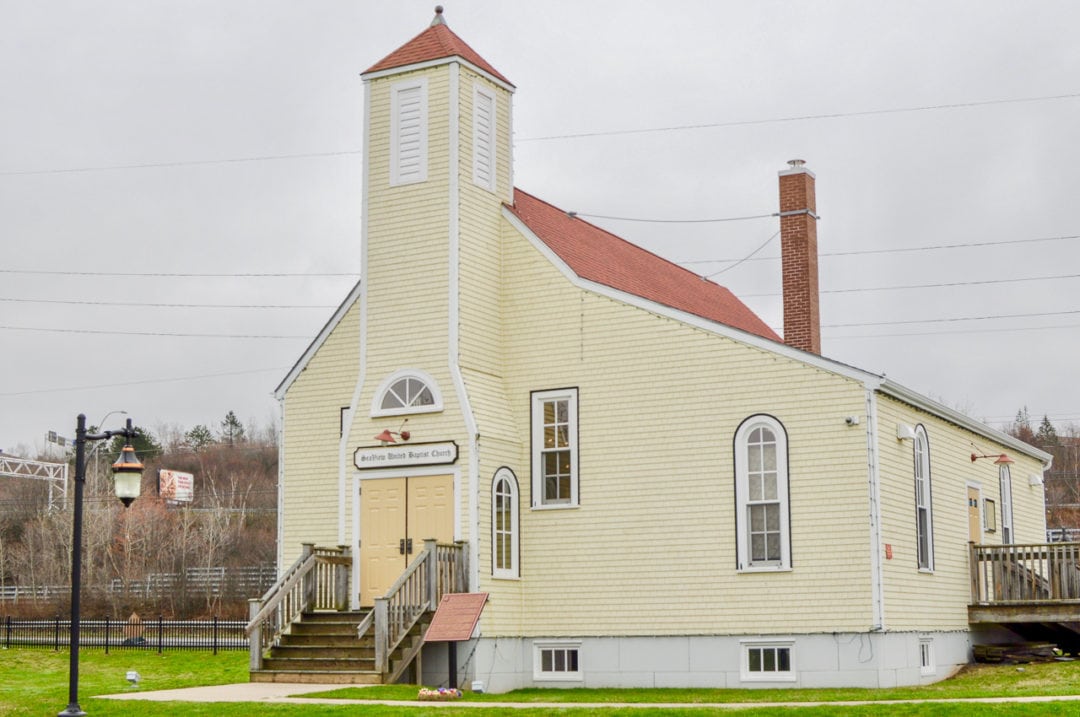
| Photo: Chantal Martineau
Inside the center, it’s cool and bright. A wall of windows is covered with names from the Book of Negroes, a 235-year-old book documenting some 3,000 Black Loyalists brought to Nova Scotia. Across a narrow dirt road from the building is the small church where people once worshipped. Up the road is the one-room schoolhouse their children attended. In the wooded area behind the school is a replica of a pit house.
It should come as no surprise that the land and freedom promised to Black Loyalists was not delivered as advertised. They were given the most barren land—if they were given any at all. They endured racism and violence, a harsh climate, and an unforgiving landscape. But they managed to work the land, farm its infertile soil, and fish the local waters. They managed to survive. Yet, some decided it was too much. In 1792, more than 1,000 African Nova Scotians emigrated to a new city called Freetown in Sierra Leone, where they hoped to be truly free. Leading the exodus was Thomas Peters.
Generational experiences
Like Juanita and others who come to Birchtown, I can’t resist punching a couple names from my family tree into the interactive edition of the Book of Negroes. There are too many results to say definitively whether I could be related to any of the Black Loyalists who arrived in 1783. Still, I peruse the entries, each with a perfunctory description: “stout wench,” “thin fellow,” and “sickly girl.” The handwriting is fine and dainty. Peering at those names, I feel as if I’m about to discover something extraordinary. But ultimately, no major truths are revealed.
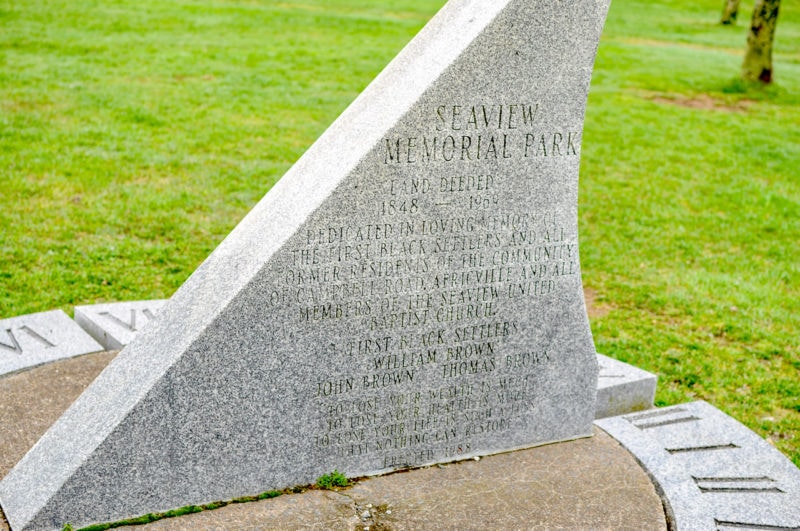
Outside the building, a path leads to the shore and an old burial ground. Tall grasses border the water and chipped mussel shells press into the marshy ground. Staring out over the water—a tiny bay with the Atlantic Ocean beyond—I try to imagine what life was like here centuries ago. I’m left with the strange sense that the memory of it is written somewhere inside me. It reminds me of something Juanita Peters told me in Africville: “We can forget a lot of things. But when you experience something, and it’s impactful, I believe you can experience something today that your unborn child will feel the warmth from. They may not know why they feel it, but they will.”


